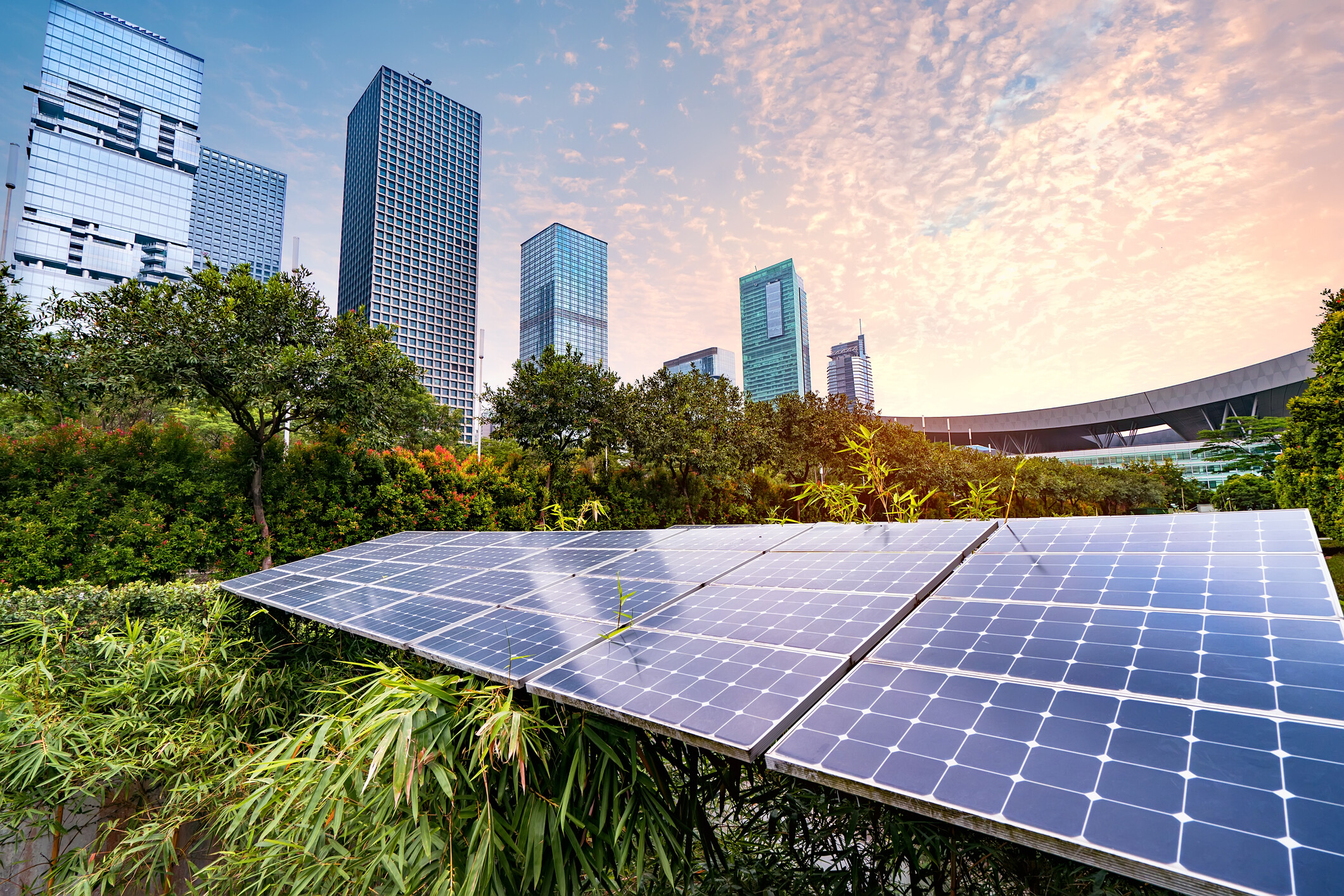These clothes grow with your child

They start as baby clothes but fit for another three years.
Image: Petit Pli
Stay up to date:
Retail, Consumer Goods and Lifestyle
It’s thrifty parents dream – and a younger sibling’s nightmare – clothing that grows as the child does, lasting for years and designed to be handed down from one child to the next.
British designer Ryan Yasin has developed what he calls “the most advanced kids clothing in the world” made from a distinctive pleated lightweight fabric which is waterproof, machine washable and recyclable. But most importantly, it will fit a baby and then expand until that child is three years old.
Accept our marketing cookies to access this content.
These cookies are currently disabled in your browser.
A growing problem
The London-based postgraduate student became interested in re-engineering children’s clothes after buying an outfit for his new nephew. Within a few weeks the baby had outgrown it – something which struck Yasin as a huge waste of resources. This was a problem that was becoming all too familiar to him.
“I wanted to enter the world of fashion, but soon became disheartened by the unsustainable means by which it operates,” Yasin says, “The engineer in me realized that if I simplified the huge problem I was trying to tackle, I’d have a chance at actually making a difference to fashion consumption. That’s when I focussed on a niche user group, children, and the concept of one size fits all began to surface.”
Space-age technology
It’s fair to say Yasin’s background as an aeronautical engineer is an unusual one in the fashion world. To come up with his new material he drew on his knowledge of deployable satellite panels and the “negative Poisson’s ratio”. When materials with this ratio are stretched they become thicker and can expand in two directions at the same time.
The link between satellite panels and children’s clothing may not have been an obvious one, but with the average child growing seven sizes in their first two years, the potential environmental benefits of expandable kids’ clothes are clear.
“It offers a cost-effective solution to parents while reducing their impact on the environment,” says Yasin.
Fast fashion
Yasin says his invention is intended to encourage slow fashion – a reaction to the damage that fast fashion is doing to the environment.

Fast fashion focuses on speed and low cost in order to deliver frequent new collections inspired by catwalk looks or celebrity styles.
But it is particularly bad for the environment as pressure to reduce cost and the time it takes to get a product from design to shop floor means that environmental corners are more likely to be cut.
Criticisms of fast fashion include its negative environmental impact, water pollution, the use of toxic chemicals and increasing levels of textile waste.
Yasin’s work has already been recognized by the prestigious James Dyson Award scheme and the designer says he is in discussions with potential investors and hopes his clothing will go on sale within a matter of months.
Don't miss any update on this topic
Create a free account and access your personalized content collection with our latest publications and analyses.
License and Republishing
World Economic Forum articles may be republished in accordance with the Creative Commons Attribution-NonCommercial-NoDerivatives 4.0 International Public License, and in accordance with our Terms of Use.
The views expressed in this article are those of the author alone and not the World Economic Forum.
Related topics:
Forum Stories newsletter
Bringing you weekly curated insights and analysis on the global issues that matter.
More on Sustainable DevelopmentSee all
Robert Opp and Keyzom Ngodup Massally
April 4, 2025
Sophia Otoo and Cynthia Rayner
April 2, 2025
Fredy Vargas Lama
March 28, 2025
Reema Nanavaty and Prerna Saxena
March 25, 2025
Denise Rotondo, Emily Bayley and Vijay Bains
March 24, 2025
Fernando J. Gómez and Wesley Spindler
March 24, 2025





